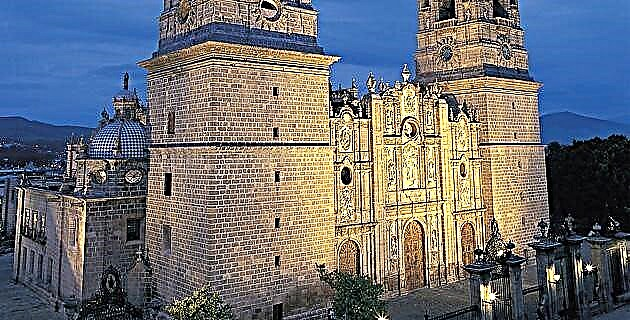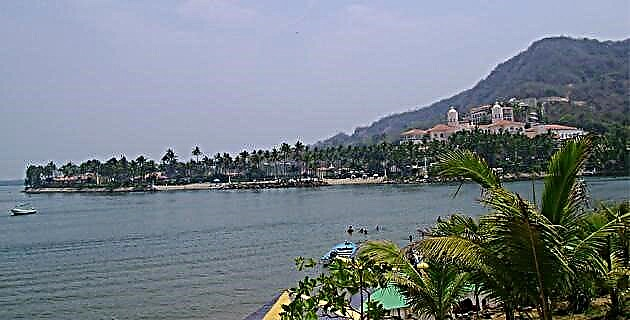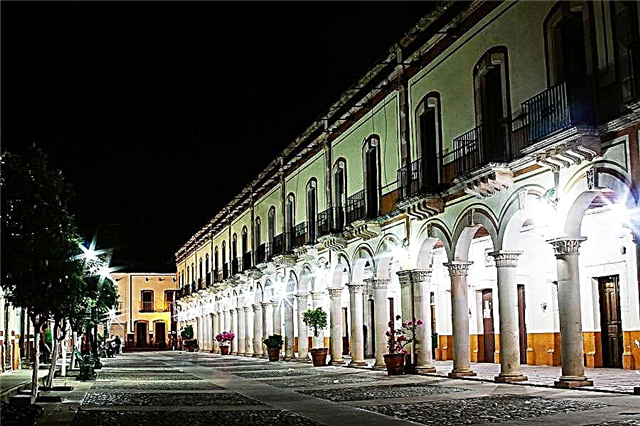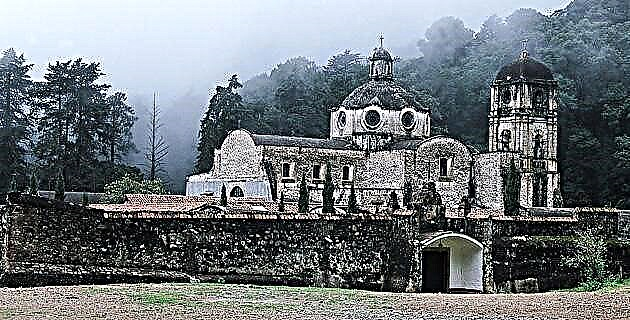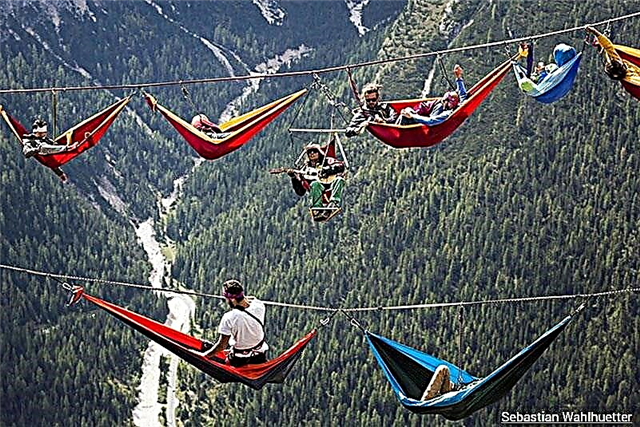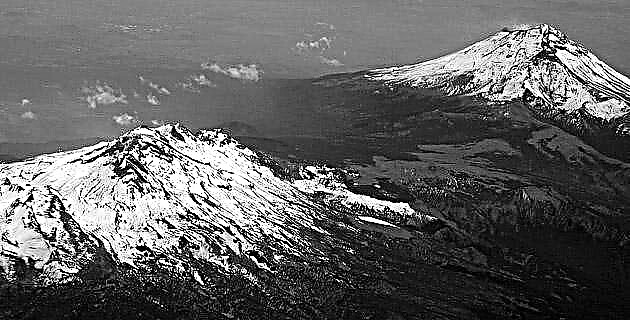
Many are the mountaineers who have accepted the challenge of reaching the summit over the majestic volcanoes of the Valley of Mexico, the Popocatépetl and the Iztaccíhuatl, silent witnesses of the efforts of numerous athletes who have suffered and enjoyed in the same way during these journeys.
The high mountain has always been considered a sanctuary reserved for mountaineers, who, willing to do anything, have performed memorable feats on behalf of humanity. The great peaks of our planet have yielded to the indelible step of the human being, who for many years has tried to maintain certain traditions of respect and harmony between man and the mountain.
But just as ice melt modifies glaciers, alpine ascent traditions have undergone drastic changes in recent years. Today the corridors of heaven make their way to the great peaks, challenging the harsh conditions of the high mountains.
In search of new challenges that push the limits, many long-distance runners have set their goals high. Running against time is no longer the greatest challenge, the distances at a steady pace and the difficulties of the marathon have been conquered. The high-altitude races at first caused some controversy among experts from both disciplines. Today, thanks to advances in medical science, mountain racing circuits are a reality in several countries around the world, including Mexico.
The national circuit "Only for Wildlings" consists of sixteen races that meet the international requirements of the "Fila Sky Race"; Of these, the most important specifies that the competition route must take runners to more than 4,000 meters above sea level. Athletes have to accumulate enough points during the national competition calendar to receive an invitation to participate in the last race of the year, the “Fila Sky Marathon International”, which is run year after year at Iztaccíhuatl.
The Marathon of the Skies, as the Iztaccíhuatl race has been called, is the highest race in the world; its extreme route is considered by experts as one of the toughest on the international circuit.
The organizing committee has the support of a whole team of volunteers who make this event possible, including judges and rescue and supply teams, as well as a cleaning group that runs the route at the end of the competition.
On average, one hundred runners from Mexico and the rest of the world are invited to participate in the annual edition of this race, which awards points for the world championship. An open competition for amateurs is held on the same day, although it does not follow the same route as the “elite” category; The 20 km of the route are enough to test the resistance of all the participants.
Depending on the weather conditions of each year, the route can be modified in certain parts of the mountain, because although the route must test the resistance of these athletes to the maximum, the most important thing is their safety. The course of the race begins at Paso de Cortés, at 3 680 meters above sea level, and from there it goes up a dirt road (8 km) to La Joya, at 3 930 meters above sea level; this first ascent appears to be moderate and all the runners maintain a fast pace in search of the first places.
Arriving at La Joya, the route continues through a steep gap; Among the frigid shadows of the mountain, the competitors continue their journey to the top, where the sun's rays are already shining brightly. This is where the hardest part of the competition actually begins; the division of the group becomes very noticeable, the strongest athletes maintain a firm step until they reach the Chest of Iztaccíhuatl, at 5,230 meters above sea level. The 5.5 km ascent is devastating, the gusts of wind and the temperatures below zero make progress difficult; with each step pain and effort consume the thinking of the runners.
The few spectators who make it up the competition route warmly applaud the effort of all the runners who pass in front of them. This motivation is truly symbolic, but well received at a time when each competitor seems to face the forces of nature. At more than 4,000 meters above sea level, runners come into contact with the heat of the sun, which can only be enjoyed for a few moments, since at this point and with the intense reflections of the snow, the sun's rays burn on the skin.
The absence of sounds in the heights of Iztaccíhuatl is almost total, the constant blowing of the wind and the exalted breaths of the corridors are the only sound alterations in the majestic landscape, which in total aesthetics stretches over the immensity of the valley.
Once the summit is reached, the descent begins, which crosses the snowy fields of the Canalón de los Totonacos. Defying the mountain and the laws of gravity, the runners descend spectacularly through the same gap they climbed, which winds between the stone cliffs and some muddy areas caused by the thaw. This part of the race has certain risks, especially when considering the possibilities of injury when running at full speed (during the descent) on uneven surfaces; although falls are frequent, few are injured.
Actually there is nothing to stop all those who reached the top. The next 20 km of the route go through the dense forests of the national park. The terrain is much less aggressive, the runners get into rhythm and keep their pace towards the Cañada de Alcalican, which leads to the center of Amecameca, at 2,460 meters above sea level, where the goal is located, which, depending on the changes of each year, it has an average of 33 kilometers.
The participating athletes are willing to endure it all, the blows of falls between the rocks, small muscle cramps due to exertion, difficulty in breathing or simply walking the last 10 km of the race with blistered feet. Wear and tear reaches the limits of endurance: physically and mentally you need to use yourself thoroughly to maintain a steady pace during the race.
The decompensation between body temperature and that of the environment implies a great loss of energy. There are runners who during the competition can lose up to 4 kg or more due to wear and tear, depending on the metabolism of each person, although each and every one of the participants must constantly hydrate during the race to avoid risks.
As if that were not enough, runners have to maintain a certain rhythm of competition. Certified judges are placed at certain points along the route to verify the times of each participant. Once the competition leader passes this checkpoint, the rest of the runners have a 90 minute tolerance to pass. If the difference times are not exceeded, they will be disqualified, as well as the time limits to finish the entire route.
For the more technical competitors this · last part of the race means the only chance to be among the first places. In general, the strongest athletes attack early on and make it to the top by leading the pack; However, not all of them can maintain such a strong rhythm, so some are kept during the most difficult sections to close hard.

